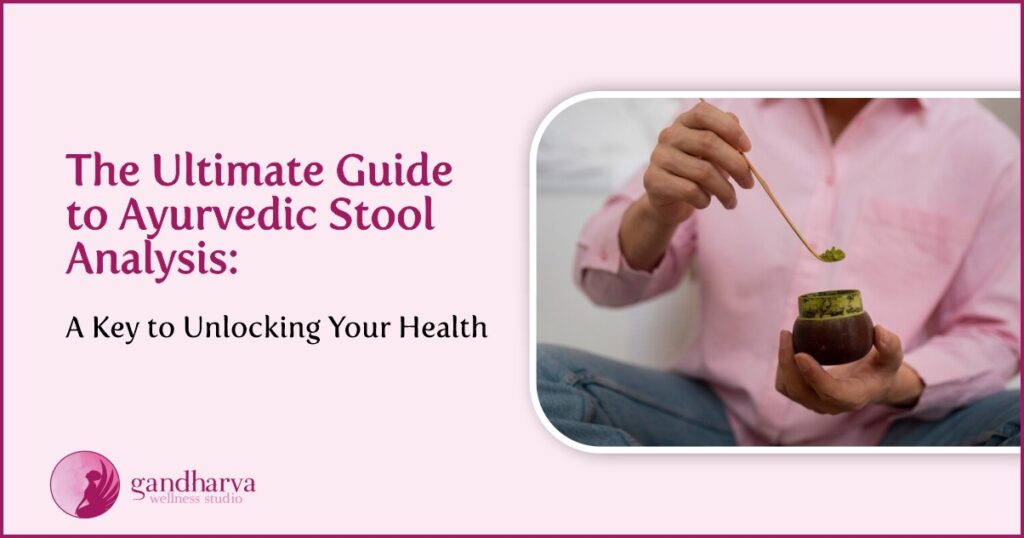
Understanding Ayurvedic Stool Analysis
- Ayurvedic stool analysis is a non-invasive diagnostic tool that provides insight into your overall health and digestive system.
- According to Ayurveda, the color, texture, frequency, and smell of your stool are all indicators of your health.
- Stool analysis is an important part of Ayurvedic medicine, as it helps practitioners understand the balance of doshas in the body.
Characteristics of Healthy Stool
- A healthy stool is typically brown in color, well-formed, and easy to pass.
- The ideal stool is passed once or twice a day, in the morning and after lunch.
- A healthy stool should have a mild, earthy smell and a smooth texture.
- In Ayurveda, a healthy stool is a sign of strong digestion and overall health.
The Role of Doshas in Stool Analysis
- In Ayurveda, the three doshas (Vata, Pitta, and Kapha) play a crucial role in stool analysis.
- Each dosha is associated with specific characteristics of the stool, such as color, texture, and frequency.
- Understanding the balance of doshas in the body is essential for maintaining healthy elimination.
Vata, Pitta, and Kapha Dosha Imbalances
- Vata imbalances can cause dry, hard stools or constipation.
- Pitta imbalances can cause diarrhea or loose stools.
- Kapha imbalances can cause sluggish digestion and constipation.
- Identifying dosha imbalances is crucial for developing effective treatment plans.
Common Imbalances in the Channel of Elimination
- Common imbalances in the channel of elimination include constipation, diarrhea, and irregular bowel movements.
- These imbalances can be caused by a variety of factors, including diet, lifestyle, and stress.
- Ayurvedic practitioners use stool analysis to identify the underlying causes of these imbalances.
Ayurvedic Strategies for Healthy Elimination
- Ayurvedic strategies for healthy elimination include dietary changes, lifestyle modifications, and herbal remedies.
- Practitioners may recommend changes to diet, such as increasing fiber intake or avoiding certain foods.
- Lifestyle modifications, such as establishing a daily routine and practicing stress-reducing techniques, can also help promote healthy elimination.
The Connection Between Mind and Body
- In Ayurveda, the mind and body are closely connected.
- Stress and anxiety can affect digestion and elimination, leading to imbalances in the channel of elimination.
- Practitioners may recommend stress-reducing techniques, such as meditation and yoga, to help promote healthy elimination.
Ayurvedic Lifestyle Practices for Optimal Health
- Ayurvedic lifestyle practices, such as following a daily routine and practicing self-care, can help promote overall health and well-being.
- Practitioners may recommend specific practices, such as tongue scraping and oil pulling, to help detoxify the body and promote healthy elimination.
Conclusion
- Ayurvedic stool analysis is a powerful tool for understanding overall health and digestive function.
- By identifying imbalances in the channel of elimination and developing effective treatment plans, practitioners can help promote healthy elimination and overall well-being.
- By incorporating Ayurvedic lifestyle practices and stress-reducing techniques, individuals can take a proactive approach to maintaining optimal health.
